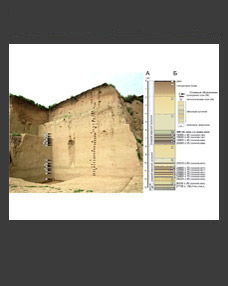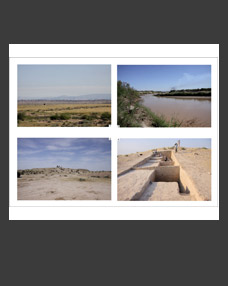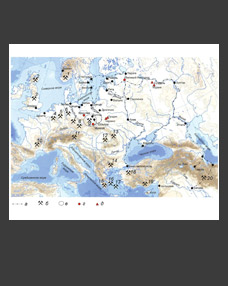Lyubov V. Pokrovskaya*, Elena A. Tyanina**
M.V. Lomonosov Moscow State University, Russia
*E-mail: pokrovska-ja@yandex.ru
**E-mail: vyla@yandex.ru
Keywords: medieval Novgorod, archaeology, avian amulets, horse-shaped amulets, systematization, chronology, topography, semantics.
In the Middle Ages, hollow zoomorphic pendants from nonferrous metal were widely spread among the Finno-Ugrians, Balts and Slavs. They are found in settlements, hoards, in barrow and ground cemeteries. Many researchers have focused numerous papers on studying their chronology, typology, semantics, manufacturing techniques, and ethnic attribution. The article discusses the chronology and topography of hollow zoomorphic amulets in Novgorod and some issues of their semantics. The study identified two periods of their existence. In the layers of the 1st period (the late 12th– the first half of the 13th century) they were not widely spread, their appearance in Novgorod was connected with the contacts of the estate owners with the near and far districts and was the first penetration of the tradition of their use in the urban environment. In the second period (the second half of the 13th–14th century), the spread of hollow horse-shaped pendants in Novgorod indicates that they become part of women’s urban garment and demonstrate the interconnection of urban material culture with the culture of Novgorod land and, in some cases, the direction of connections of the estate owners. Introduction of hollow rattling horse-shaped amulets to the urban culture in the second half of the 13th–the 14th century was not only caused by the interaction of Novgorod with the adjacent area, but also prompted by the semantics of these amulets reflecting the religious beliefs of Novgorod dwellers.
DOI: 10.31857/S086960630004145-8







